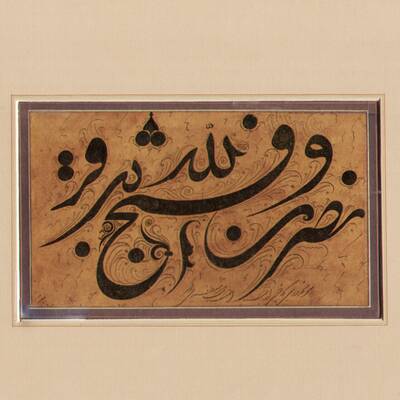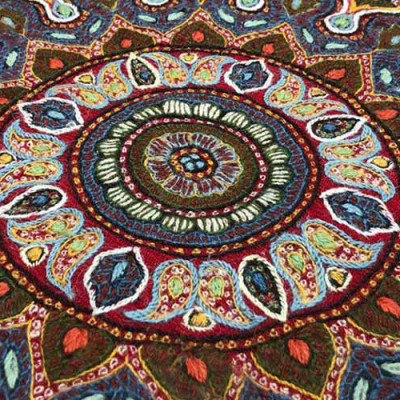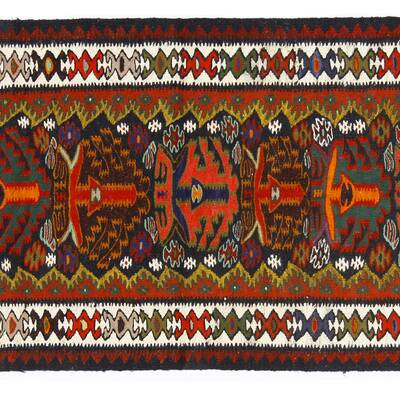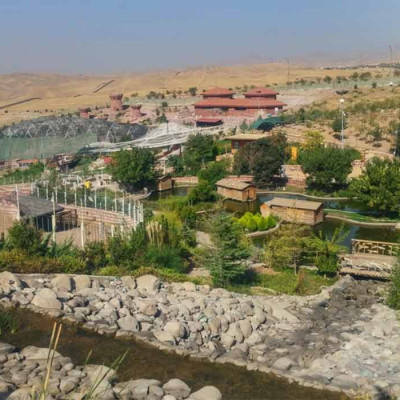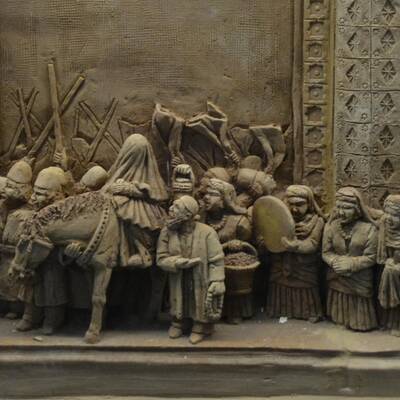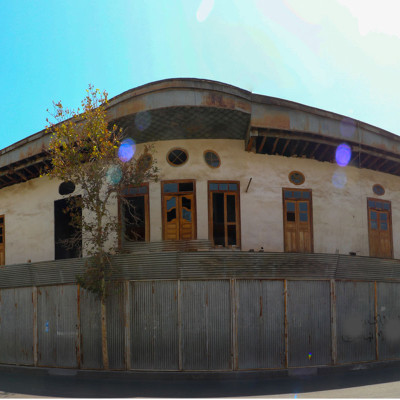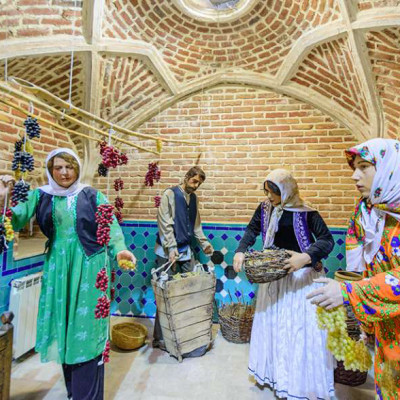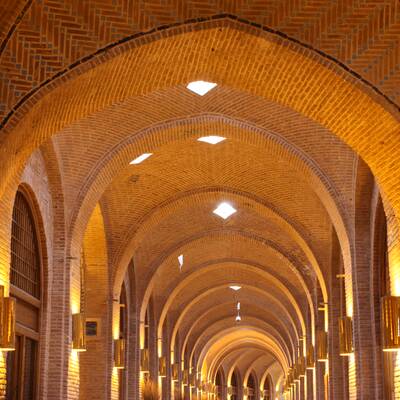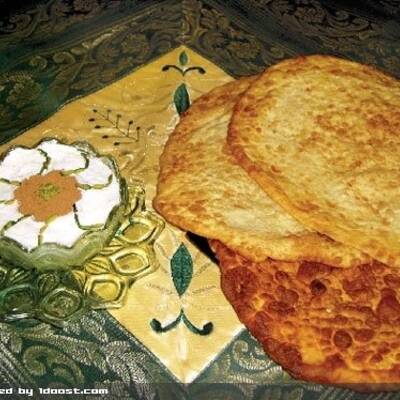Qazvin province is geographically one of the most attractive provinces of Iran, reaching the plains on one side and the Alborz mountains on the other. A province with many historical and natural attractions, its short distance from Tehran has made it a great destination for Tehranis.
History
There are traces of human settlement in the Qazvin region related to the 4th and 5th millennia BC. Some sources say that Qazvin was part of the territory of the Median kingdom. However, the history of the construction of Qazvin city dates back to the Sassanid period and the time of Shapur Dhul-Aktaf. At that time, Qazvin had a military position, but it gradually expanded to form the main center of the city.
The Qazvin region was part of Zanjan province until 1994 when it was annexed to Tehran province. However, after three years, in 1997, it became separated from Tehran to define the independent Qazvin province.
Geography
Qazvin province reaches the Alborz Mountain range to the north and is bordered by the provinces of Gilan and Mazandaran. The province borders Alborz province to the east and Zanjan province to the west. The provinces of Hamadan and Markazi are also Qazvin's southern neighbors.
There are high peaks in the northern parts of Qazvin province, which reach the Alborz Mountain range, some of which reach up to 4200 meters.
Climate
Due to the difference in altitude and geographical location of different parts of Qazvin, the weather conditions in the cities of this province are also different. In the northern parts and southwestern heights of the province, we see a cold mountain climate. On the slopes and foothills, however, the weather is milder and a dry to semi-dry climate prevails in the plains. However, signs of a humid tropical climate can be felt in some parts of Qazvin province, such as Tarom and Shahroud Valley.
Qazvin province has cold winters, but the weather is relatively mild in summer. The best time to travel to Qazvin can be considered spring; when the plains and hills are green and lush and the heat has not yet reached them. Spending the summer in the heights of the province is a good choice.
Of course, if you are interested in city tours, the city of Qazvin can be a unique host for you all year round.
Qazvin City
Qazvin was the capital of Iran for a while during the Safavid period. A city where the Sepah Street, the first modern street in Iran, stands out in its center.
Located in the center of Qazvin city, Sa'd al-Saltaneh Caravanserai is the largest urban caravanserai in Iran, which has become a tourist attraction and also a market for shopping after a course of renovation and restoration. In addition to souvenir and handicrafts shops, several cafes and restaurants are also active in Sa'd al-Saltaneh Caravanserai. Some parts in Sa'd al-Saltaneh Caravanserai can take you to the old Qazvin market.
Chehel Sotoun Palace or the Kolah Farangi Mansion of Qazvin is a Safavid monument. According to most of historical documents, this building was built by the order of Shah Tahmasb. A collection of exquisite calligraphy works, such as those of Mir Emad Qazvini, are on display in this building. An instrument called Farsh (meaning rug) is another sight to see in the Chehel Sotoun Palace; an artwork similar to a loom, which is of course a complete musical instrument.
Qazvin Jameh Mosque or Atiq Mosque is one of the oldest mosques in Iran. According to some sources, Harun al-Rashid built the first building of this mosque in 192 AH. However, since then, many changes have been made to the mosque so that its expansion continued for hundreds of years.
The small Cantor Church, which is a relic of the Russians from the time of World War II, is another attraction of this city. The Aminieh House and Hosseiniyeh can also be considered one of the most spectacular Hosseiniyehs in Iran.
The Grand Hotel and Sardar Mofakham Mansion are other tourist attractions in Qazvin city.
Alamut Mountain
The Alamut region in northern Qazvin is one of the most important tourist attractions in this province, which combines natural and historical attractions.
Located about 25 kilometers away from Rajai Dasht, Ovan Lake is one of the famous sights of Alamut, which is also registered on the list of national natural monuments of Iran. Continuing on the Alamut Road, you will reach the village of Gazorkhan, which is home to the Alamut Castle. A magnificent fortress that is also known as the Hassan Sabbah Castle and was one of the main centers of the Ismailis. The remains of Lambsar Castle are also located in the Alamut region, near the village of Razmian.
In the northern parts of Alamut and on the border of Gilan and Mazandaran provinces, you will reach the Alborz mountains, where you can find attractive mountaineering routes. The Siylan mountain range, which starts from Alamut and ends in the Daryasar plain, is one of these attractive and challenging routes for mountaineers.
Takestan
Takestan is one of the most historical cities of Qazvin province, the history of human habitation in which dates back to pre-Islamic times. Based on archaeological evidence and surveys, the creation of the initial center of the city at Khuleh Kuh ancient hill dates back to 7000 years ago.
The Pir Grave and Imamzadeh Kamal are among the tourist attractions of Takestan city.
Accommodations
There are several hotels with different prices in Qazvin city, the most expensive of which is the Marmar Hotel. The Behrouzi House of Qazvin is also an accommodation with traditional architecture that has been beautifully renovated and restored.
In the village of Gazorkhan in the Alamut region, you can also stay in the local houses of the villagers and the accommodations that have been built to accommodate tourists. The Yousef Rasouli Alamuti, Tourist Cottage, Aleh Almut, Eagles’ Castle, Zar Abad and Parch Kouh eco-lodges are the traditional hostelries in the Alamut region.
Restaurants
The Nemuneh and Eghbali restaurants are among the best options in Qazvin city, sometimes you have to wait in line to enter them. The Mediterranean restaurant is another restaurant in Qazvin city with different menu which serves Lebanese foods.
Local Foods
Gheymeh Nesar is undoubtedly the most famous local food of Qazvin province. A delicious dish with ingredients including rice, meat, almond slices and pistachio slices. Qazvini sweet kuku is another cuisine of this province, which is something like a regular potato kuku, to which sugar and rose water are also added.
Doymaj or Dogmazh is also a tasty one that is cooked with pieces of lavash bread, cheese, walnuts, vegetables, cucumber, fried onions and turmeric. Mashkofi is also a delicious dessert of Qazvinis.
Souvenirs
Various and delicious sweets are among the most interesting souvenirs of Qazvin. Qazvin baklava, sugar bread and tea bread (Nan-e Chay) are just a few examples of Qazvin sweets.
Given the good climate of the region, Qazvin agricultural products are of high quality and various fruits can also be purchased as souvenirs depending on the season.
Handicrafts
Carpets and Gilims are commonly available in Qazvin handicrafts stores. Bead Embroidery (Nam Nam Doozi) and Moj weaving are two other examples of handicrafts in the province. Moj is a fabric that is used to make blankets, backrests, Korsi covers and prayer rugs.
Pen weaving is another handicraft of Qazvin province, which is used to decorate clothes around the neck, hem of the skirt or sleeve or belt.
Customs and Traditions
One of the rituals of the people of Qazvin is Panjah-beh-dar; On the fiftieth day of the new year, the people of Qazvin go to a prayer hall in the middle of the city's gardens and pray for rain and spend their day in joy in the lap of nature.
The pomegranate festival is another ceremony in parts of Qazvin province. In this ceremony, people go to pomegranate farms on a specific day to start harvesting pomegranates while playing music and singing. A similar ceremony called the Hazelnut Festival is also held in the Alamut region. In the hazelnut festival, girls who have recently become engaged make a necklace of hazelnut kernels for their husbands.
Other similar rituals are held in Qazvin province, including the wheat festival, the grape festival and the olive festival.
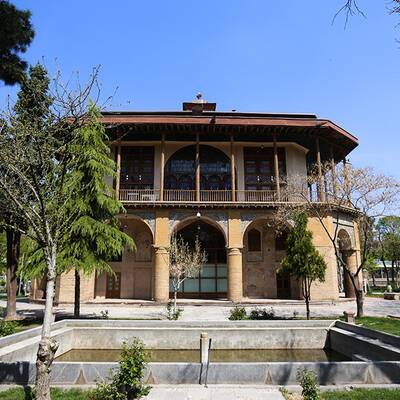
.jpg)
